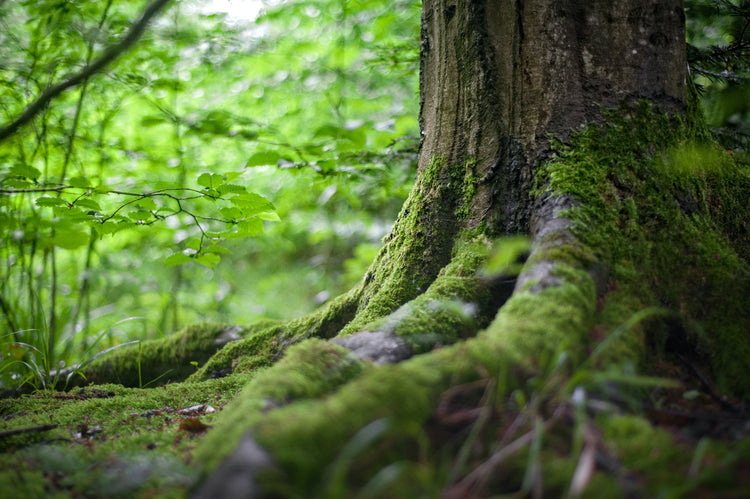"Climate anxiety"... what a strange term. If you're reading this blog post you probably have not only heard about climate anxiety but feel it.
According to a post from the Harvard Medical School climate anxiety can be understood as: "... distress related to worries about the effects of climate change." The post assures us climate anxiety isn't a mental illness but rather an understandable feeling related to seeing so much of the earth and the beings who live here under such stress. Further, that these feelings are shared by many, in some cases the vast majority of humans surveyed.
So that's a cheerful thought, right? Actually, it kind of is... stay with me for this. Climate anxiety is visceral proof of how connected we are to the beings and the earth itself. If we weren't connected we wouldn't feel anxious.
I bet some of you can see where I'm going with this. I do feel connected to the beings around me, I love being in a forest and meeting beings of all sorts, each with their own stories, lives and sense of time. Planting little forests, helping folks plant pocket forests and even planting solitary trees makes me feel... good. Planting, putting my hands in the dirt, means a sapling is likely to outlive me while providing; oxygen, shade, habitat, food, clean water, clean air and a strengthened web of life.
Doing these activities in community with humans is even better. I have learned so much from the folks who volunteer with Little Forests Kingston.
For example:
-
trees communicate with each other through webs of fungi
- not only do trees communicate but they provide each other with food and water. An ailing tree will be gifted resources from other trees in the forest regardless of whether they're both of the same species.
- A small sapling growing in a forest may not be young. The sapling could be decades old but won't have grown much because they're waiting their turn for when older nearby trees have come to the end of their lives and open up space in the canopy.
- A forest is an ecosystem, a web of relationships that extend across plants, animals and fungi all competing and cooperating to make sure that the web of life thrives over time.
- A forest when planted the right way, won't need humans to intervene after the first 2-3 years and can mature in about 20 years
-
When humans work together to accomplish something bigger than themselves they often; laugh, become friends and create a shared sense of meaning. That being in community and doing something that matters is time better spent than watching Netflix alone.
- Ok, this last part is more of a case of re-learning. I knew this but often forgot how truly wonderful it can be to make the world a better place in community with others.
By being part of Little Forests I've learned, made friends, and helped to do something that, at least a little bit, mitigates harm that has and will be done by the climate crisis. I get all of this just by volunteering with a warm and friendly group of folks who share a desire to help the web of life thrive not only for themselves and theirs' but for all our relations. Oh yeah, and all this learning, meaning and friend making, exercise, laughing and being in relationship makes me feel a little less anxious.
I guess the question is, why wouldn't I volunteer with Little Forests Kingston?
This post was written by Josh Cowan

